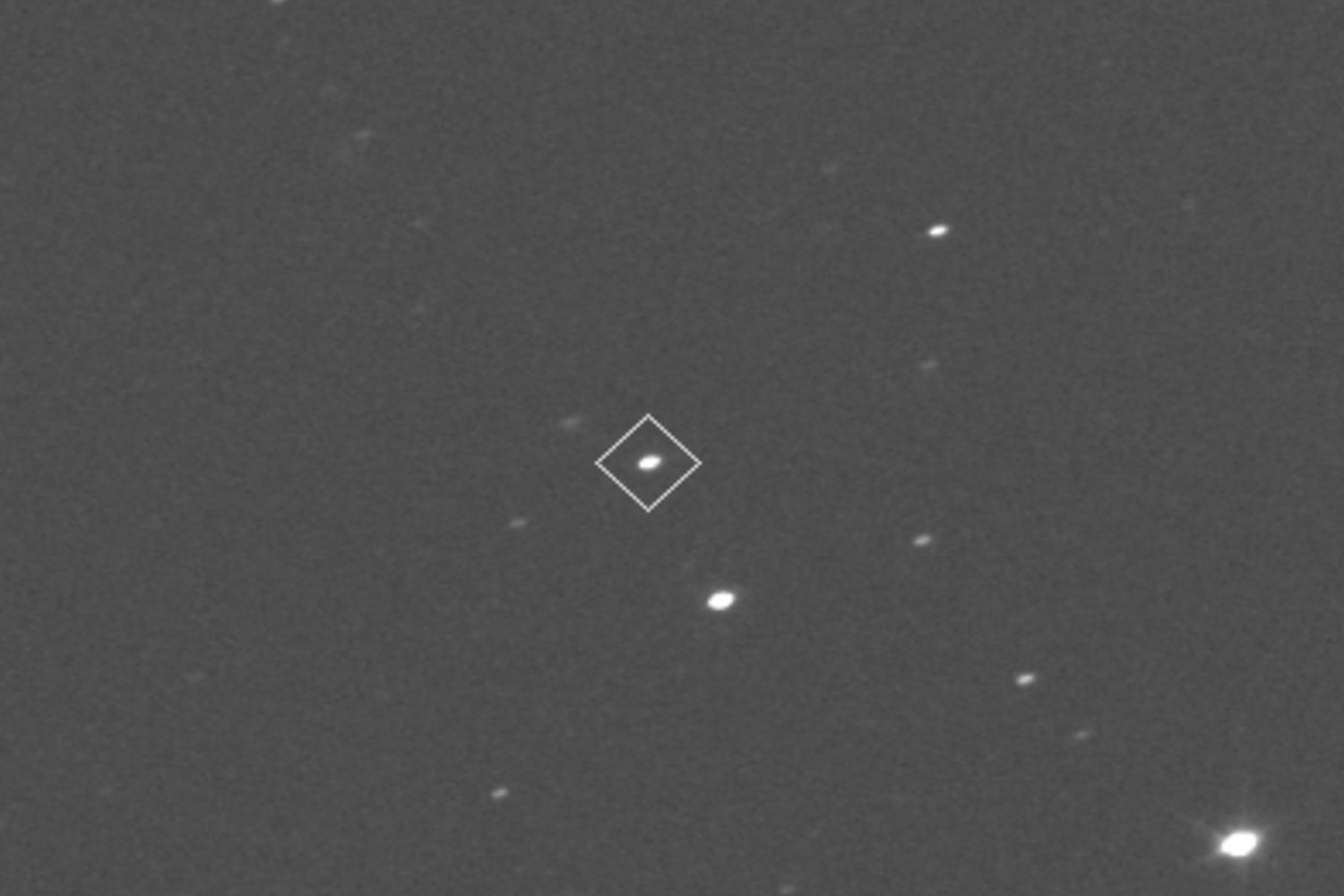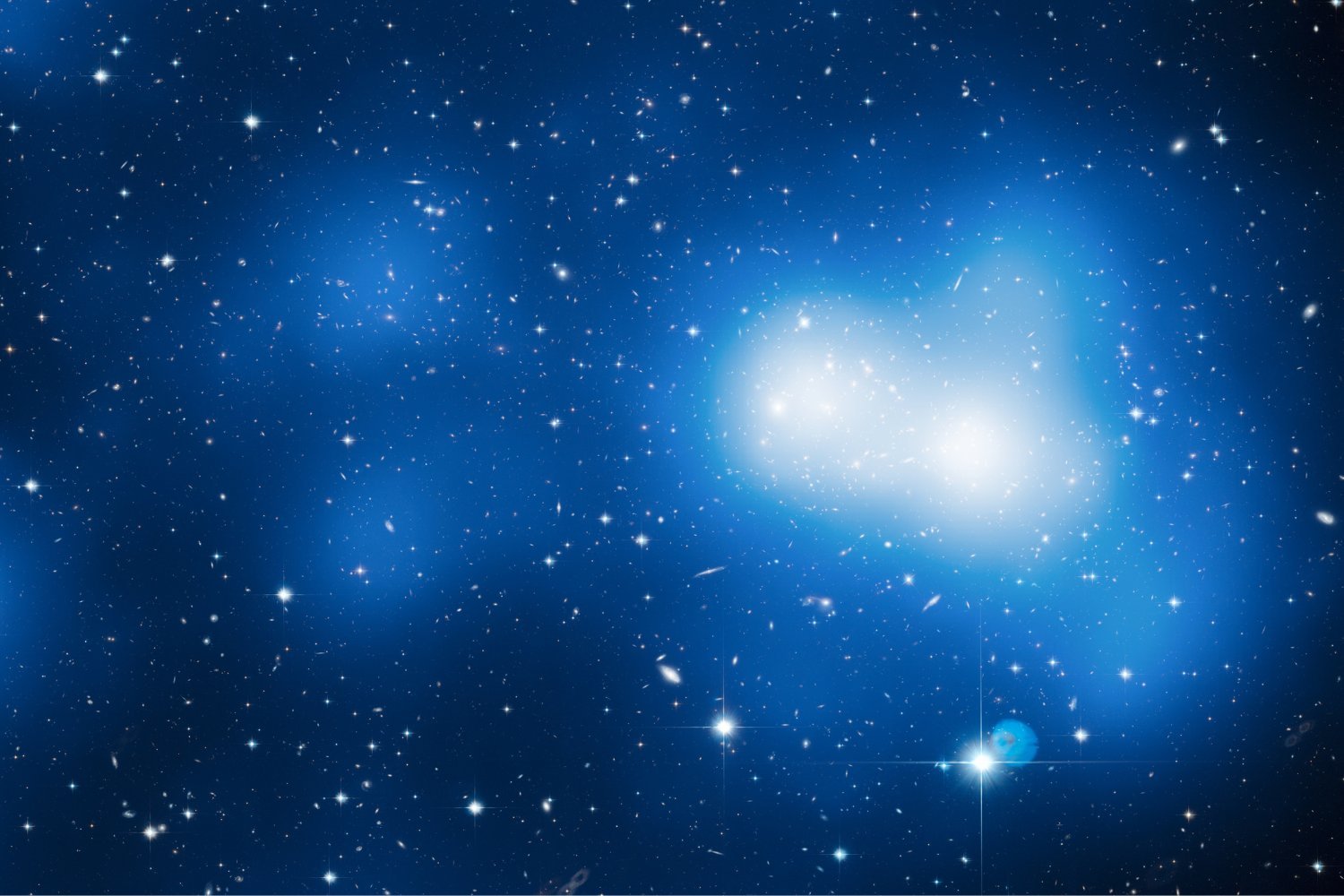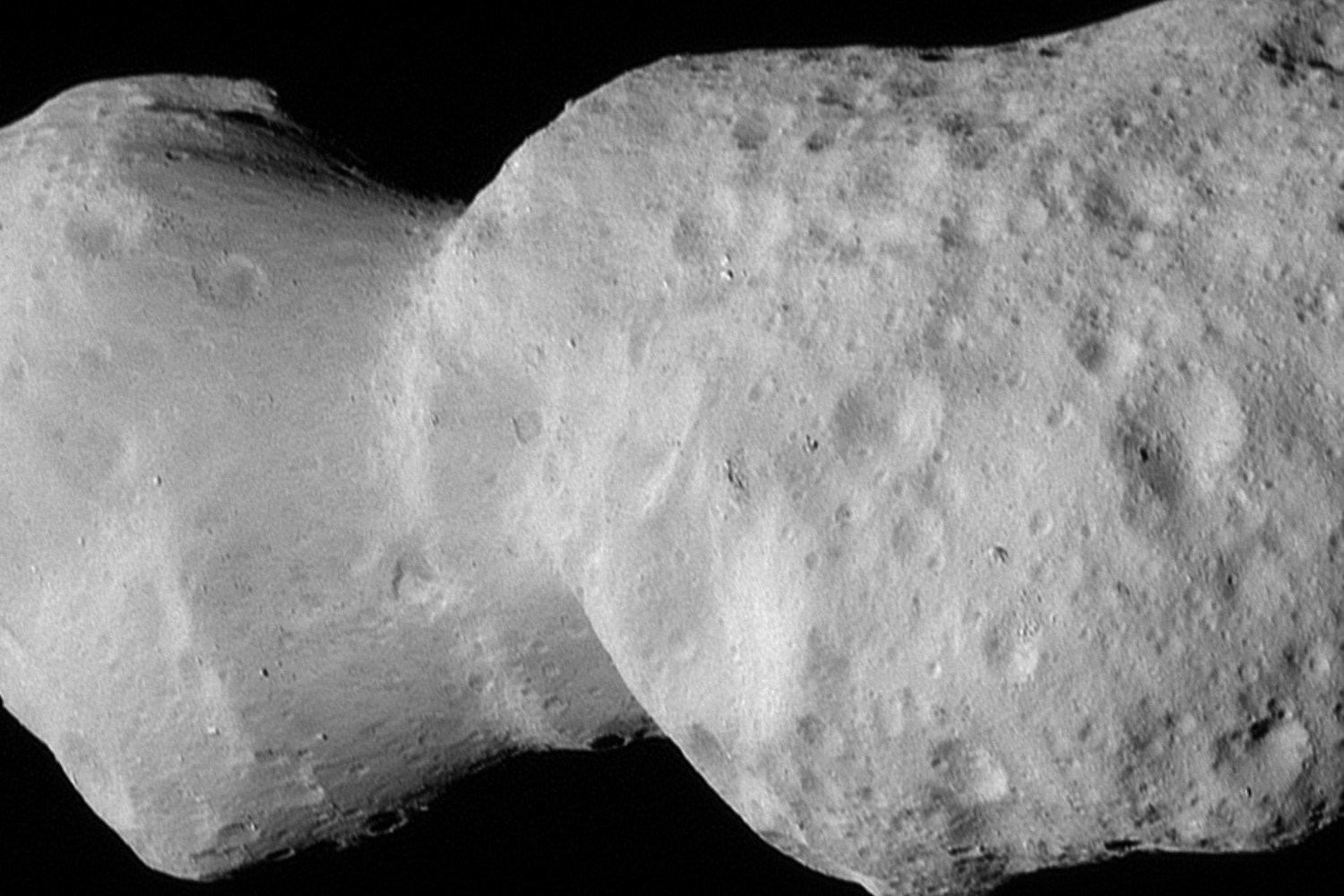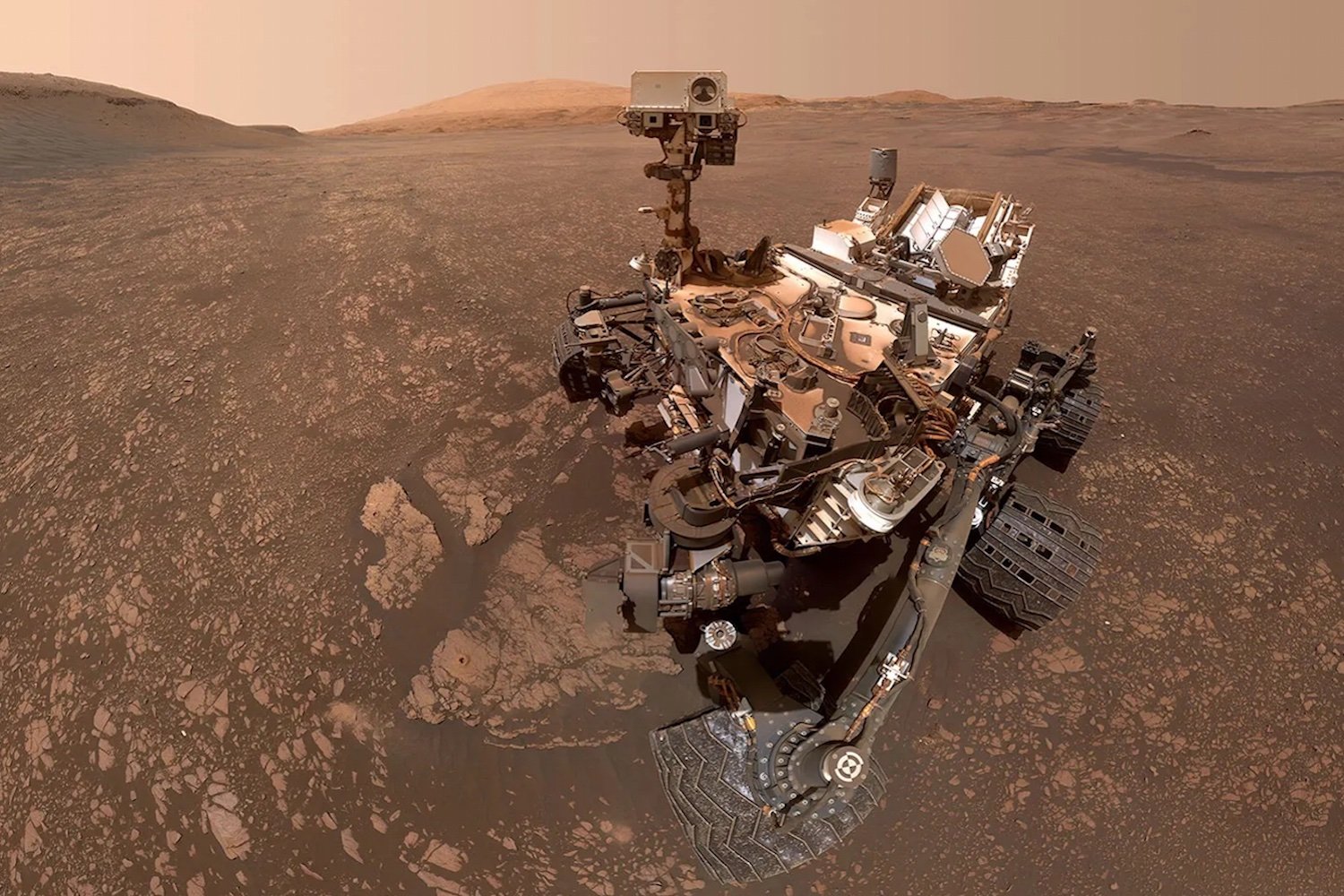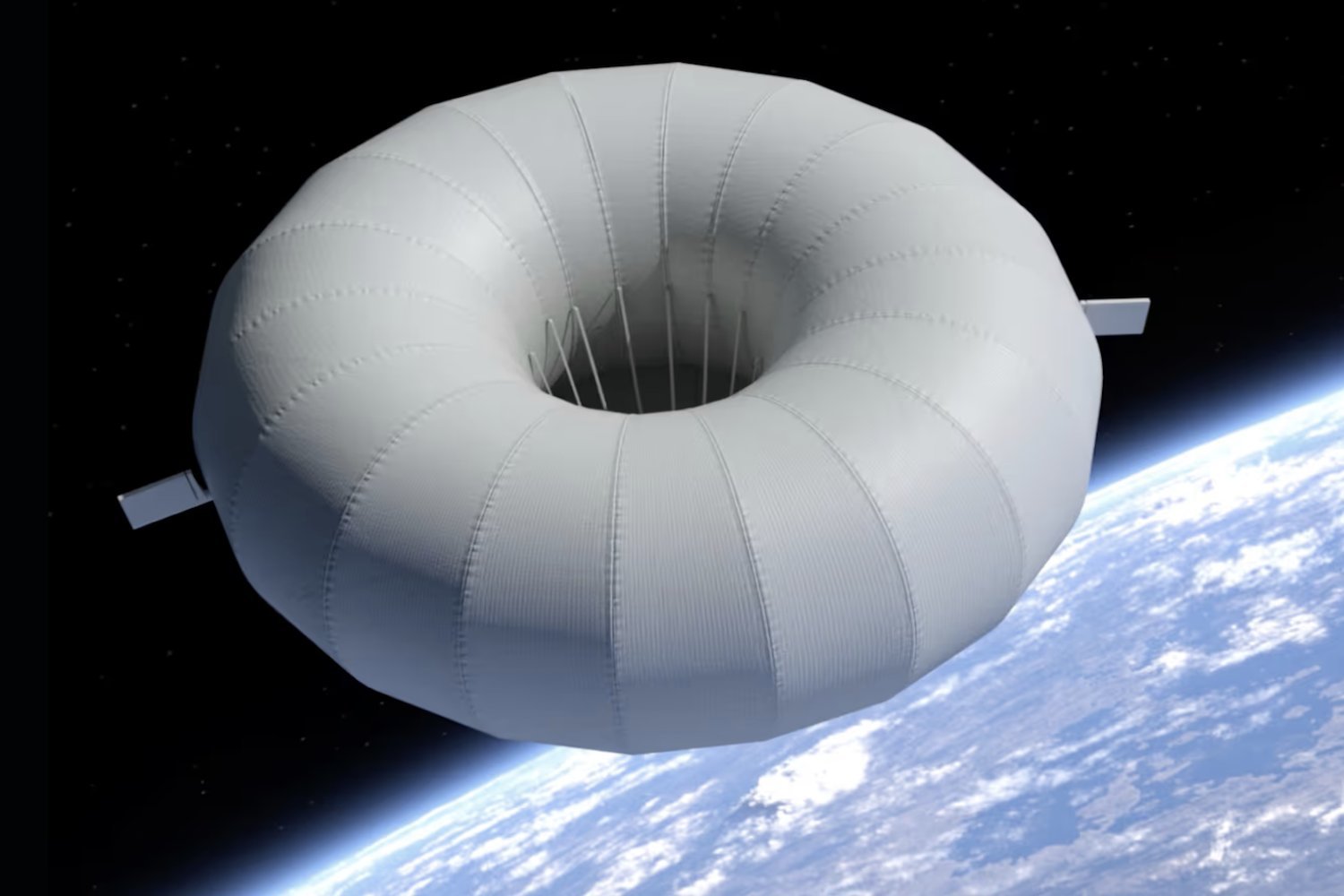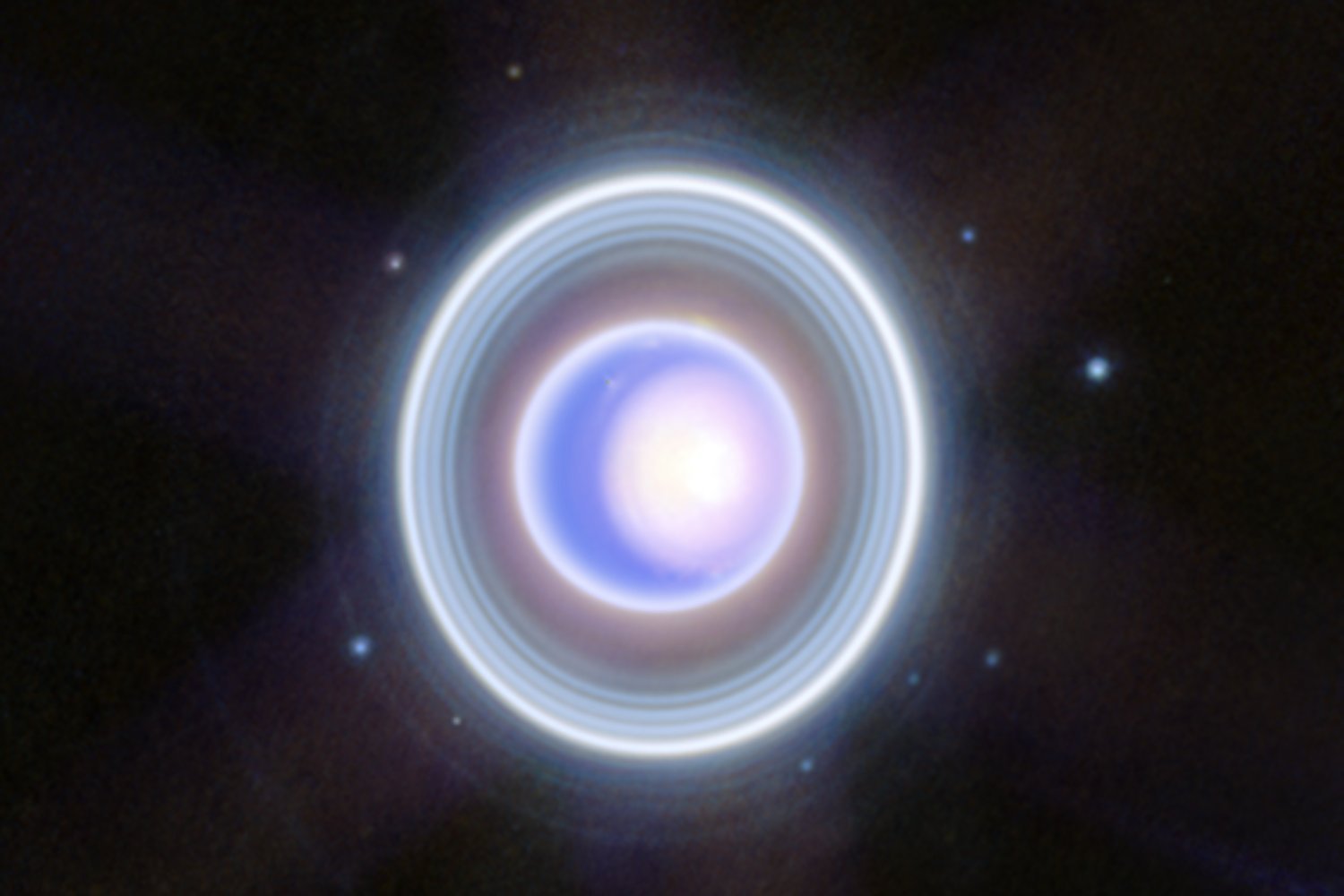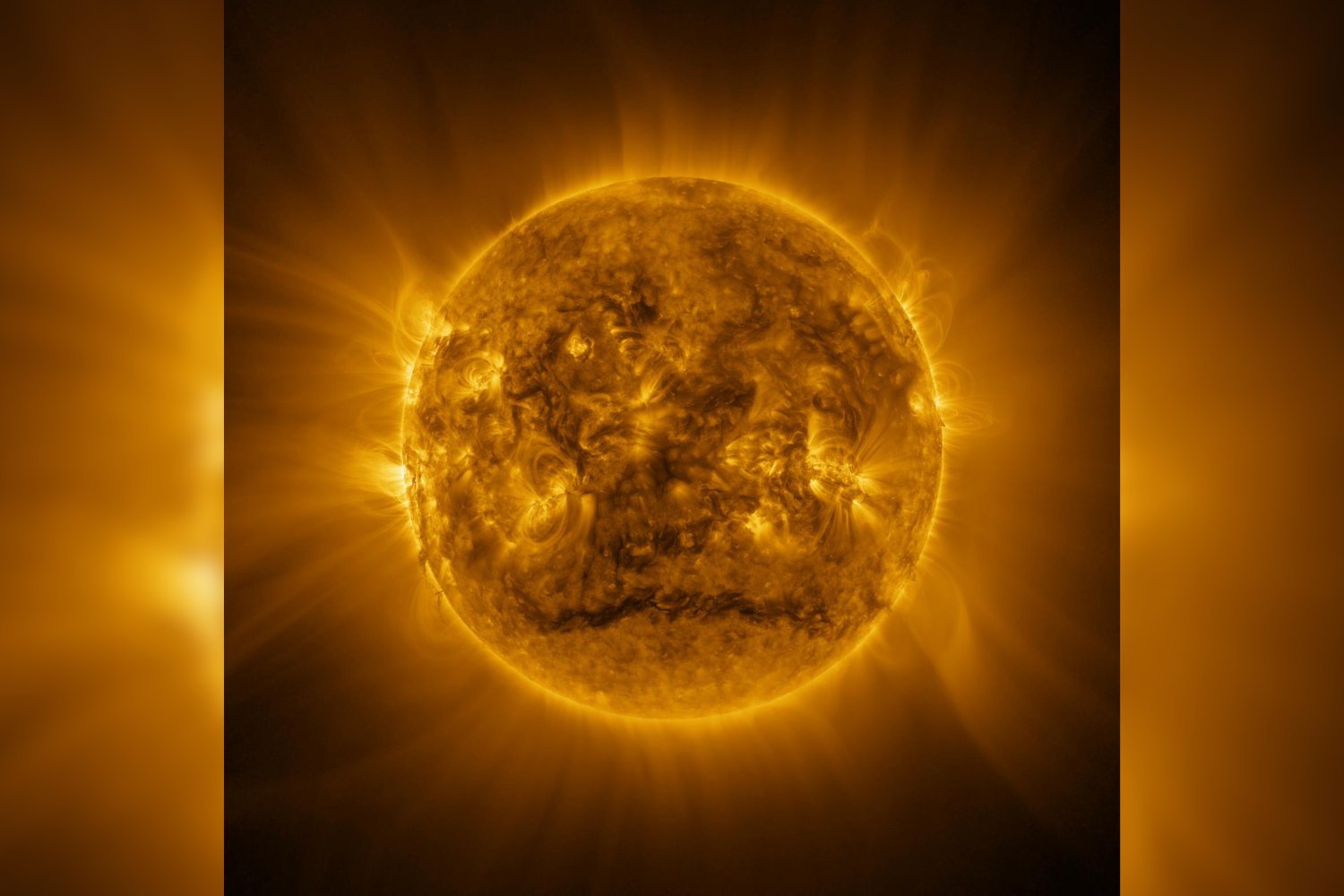A mysterious, starless cloud of gas, rapidly moving through space, has been discovered and may be a “dark galaxy.” This discovery, published in Science Advances, could potentially solve the “missing satellite” problem in cosmology. This fast-moving cloud, named AC G185.0–11.5, resides within a larger high-velocity cloud (HVC) known as AC-I and was detected by the Five-hundred-meter Aperture Spherical radio Telescope (FAST) in China. While most HVCs are featureless, this one exhibits a distinct rotational pattern.
A Rotating Cloud of Hydrogen
FAST observations revealed AC G185.0–11.5 to be a spinning disk of hydrogen gas, a structure typical of dwarf galaxies. However, unlike typical galaxies, it lacks stars and the molecular gas necessary for star formation. This unusual composition, purely hydrogen gas swirling in space, makes it a potential dark galaxy.
Location and Mass
Using galactic motion equations and the Tully-Fisher relation, researchers estimated the cloud’s distance from Earth to be approximately 278,000 light-years, placing it within the Local Group of galaxies. Its mass is estimated to be between 30 million and 500 million solar masses, significant enough to be considered a galaxy.
The Dark Matter Connection
What truly distinguishes AC G185.0–11.5 as a potential dark galaxy is its likely dark matter content. Scientists believe a substantial dark matter halo binds the cloud, aligning with the theoretical model of a dark galaxy – a galaxy composed primarily of dark matter with few or no visible stars.
Implications for Galaxy Formation
While other HVCs have been considered as potential dark galaxies, they lacked the clear rotation or were difficult to distinguish from the Milky Way’s halo. AC G185.0–11.5, however, presents compelling evidence for a true dark galaxy. If confirmed, this discovery could reshape our understanding of galaxy formation and explain the apparent absence of numerous small galaxies, suggesting they may exist as dark, starless entities hidden in plain sight.
Unraveling the Missing Satellite Mystery
The existence of dark galaxies like AC G185.0–11.5 might solve the “missing satellite” problem, which questions why we observe fewer dwarf galaxies orbiting larger galaxies than predicted by cosmological models. This discovery suggests that these “missing” galaxies may simply be dark, making them difficult to detect.
Conclusion
The discovery of AC G185.0–11.5 offers a fascinating glimpse into the potentially hidden population of dark galaxies. Further research and confirmation of its dark galaxy status could significantly impact our understanding of galaxy formation, dark matter, and the overall structure of the cosmos.




